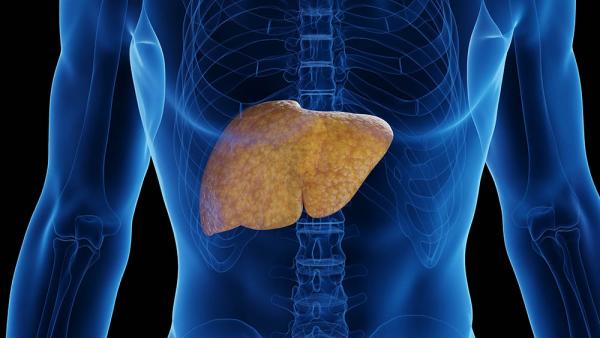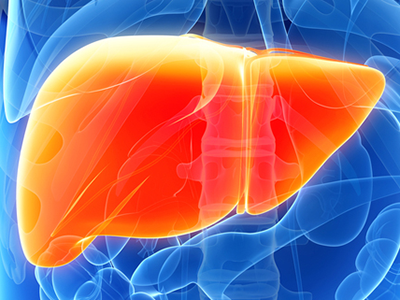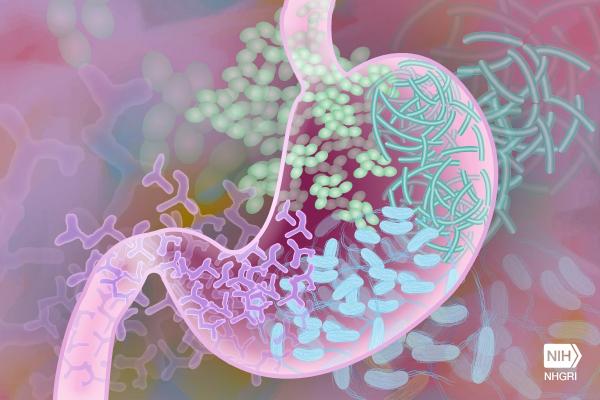A Promising Path to Saving Stiffening Livers
IRP Study Could Lead to New Treatments for an Increasingly Prevalent Liver Ailment
Experienced bakers know certain ingredients are impossible to work with when they’re not supple enough — just try making cookies with ice-cold butter or rock-hard brown sugar. The same could be said of the liver, which struggles to do its job when high levels of fat accumulate in it and trigger a process that binds the liver up in an inflexible mesh. Recent IRP research has identified a key set of biochemical events responsible for that ailment, pointing the way towards a possible method of treating an increasingly prevalent cause of liver disease.





